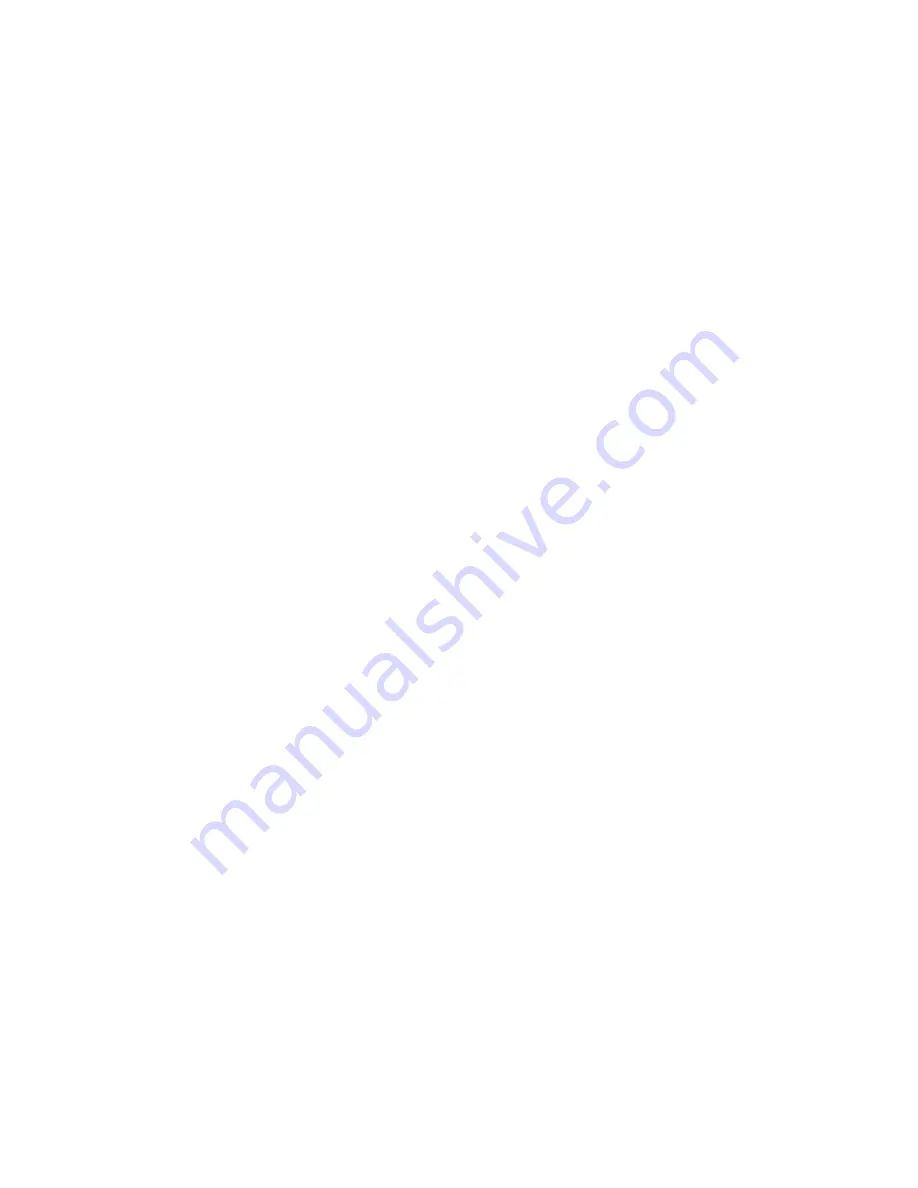
179560600 Rev1
Page
12
of
21
6.1
Filter Cartridge Installation and Replacement
To remove or replace the filter cartridge in the filter housing the procedure in this section should be
followed. Additionally, a risk assessment and any control measures identified should be implemented
and the local environment should be declared safe, prior to opening the housing.
a)
All personnel handling the filter housing should be earthed.
b)
If the process permits, it is recommended that purging the filter housing with nitrogen gas or flushing
a suitable non-flammable, miscible conductive fluid prior to commencing a cartridge change-out is
undertaken to reduce the potential for a flammable atmosphere.
c)
Allow enough time for the filter housing to stand after operation &/or purging to facilitate charge
dissipation (the time should be determined by the liquid conductivity and dielectric constant).
d)
Prior to opening the housing, it is recommended that the local environment is declared safe.
e)
Once the environment has been declared safe, remove the filter housing bowl by removing the clamp
/ screw clamp fastenings and place the bowl onto a stable, clean surface
f)
Remove the used filter cartridges, including the compression plate, if fitted.
g)
Fit the replacement filter cartridge in accordance with the instructions provided in the filter cartridge
IOMI.
h)
Inspect the components for signs of damage and/or replace as part of a maintenance schedule. This
includes the housing closure seal. Remove any residue or particles.
i)
Refit the compresion plate (if applicable)
j)
Remove any residues or particles.
k)
Replace the filter bowl and secure using the closure clamp to the specified torque value – refer to
Table 6
l)
On reassembly of the filter housing, ensure that all earth connections that may have been
temporarily removed are restored. It is recommended to test the resistance to earth of conducting
parts during reassembly and take appropriate action to ensure the resistance is within current
guidelines or site policy.
6.2
Start Up and Operation
a)
Ensure that the filter housing, accessories and connections are sealed before operation.
b)
Ensure the drain valves and isolation valves are closed, if applicable, before operation.
c)
Turn on the supply and partially open the inlet isolation valve to allow the housing to pressurise.
d)
Inspect for leaks and remedy.
e)
Fully open the inlet isolation valve.
f)
Partially open the downstream isolation valve to start flow.
g)
Inspect for leaks and remedy.
h)
Fully open the outlet isolation valve.
6.3
Housing Maintenance
a)
Always be vigilant of pressures, temperatures and redisual process fluid when performing maintenance
on the filter housing.
b)
Always isolate the filter housing from the process, depressurize and drain process fluids before opening.
c)
Frequently inspect the condition of pressurised parts, accessories and connections for corrosion,
abrasions, deformation due to blows, breakage or any other abnormal condition which could lead to
the onset of a hazardous situation.
d)
Replace worn parts with those designed for the filter housing. Check the condition of filter housing
seals each time the cartidges are replaced; replace if damaged. It is recommended that the seals are
replaced annually except for PTFE and/or FEP seals that should be replaced each time the filter housing
is opened.







































